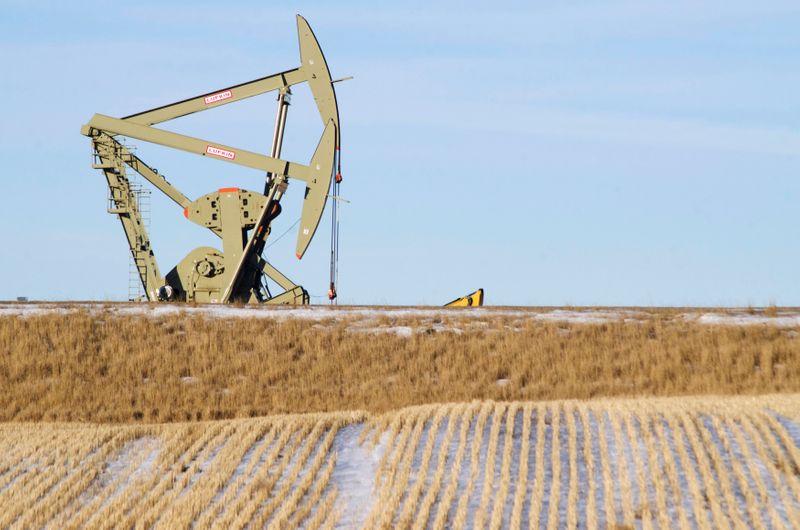LONDON – Hedge funds turned heavy sellers of petroleum last week as the threat of conflict in the Middle East receded and was replaced by renewed concerns about the health of the global economy.

Source: Reuters
Hedge funds and other money managers sold the equivalent of 99 million barrels in the six most important petroleum futures and options contracts in the week to Jan. 14.
The sales come after portfolio managers had purchased 349 million barrels over the previous five weeks and a total of 533 million since mid-October (tmsnrt.rs/30AVkWa).
Funds were heavy sellers of NYMEX and ICE WTI last week (64 million barrels) as well as U.S. diesel (16 million) and European gasoil (23 million).
By contrast, the net position in Brent was unchanged and fund managers were small buyers of U.S. gasoline (3 million barrels).
The most cyclically exposed products (diesel and gasoil) have seen the most tepid buying in recent months and were hit by the hardest selling last week.
By Jan. 14, fund managers held just 2 bullish long positions in middle distillates for every 1 bearish short position, compared with a ratio of 7:1 in crude and 13:1 in gasoline.
PULLING BACK
Hedge funds have gambled heavily on an oil price recovery this year, pricing in accelerating growth, a restrictive output policy from Saudi Arabia and continued tensions short of war between the United States and Iran.
At their recent peak on Jan. 7, bullish petroleum positions outnumbered bearish ones by almost 7:1, up from less than 3:1 in the middle of October, largely on hopes for an economic recovery and slower oil output growth.
But expectations of a rise in oil prices and the accumulation of positions may have outrun the actual improvement in fundamentals, prompting a correction as former bulls realise some profits.
On the consumption side, the conclusion of the first phase of a trade agreement between China and the United States has so far resulted in only a modest increase in optimism about the global economic outlook.
The deal should prevent the bilateral relationship deteriorating in the short term but it has left traders with questions about how it will be implemented and whether it will lead to a sustained increase in business investment and trade.
On the production side, U.S. shale output has continued to rise despite the slump in prices, and is forecast to go on increasing throughout 2020 and 2021, albeit at a much slower rate than in 2018/19.
Shale production is proving more resilient than many analysts were expecting in the final few months of 2019, which is now tempering some of the optimism about a big rise in oil prices this year.

